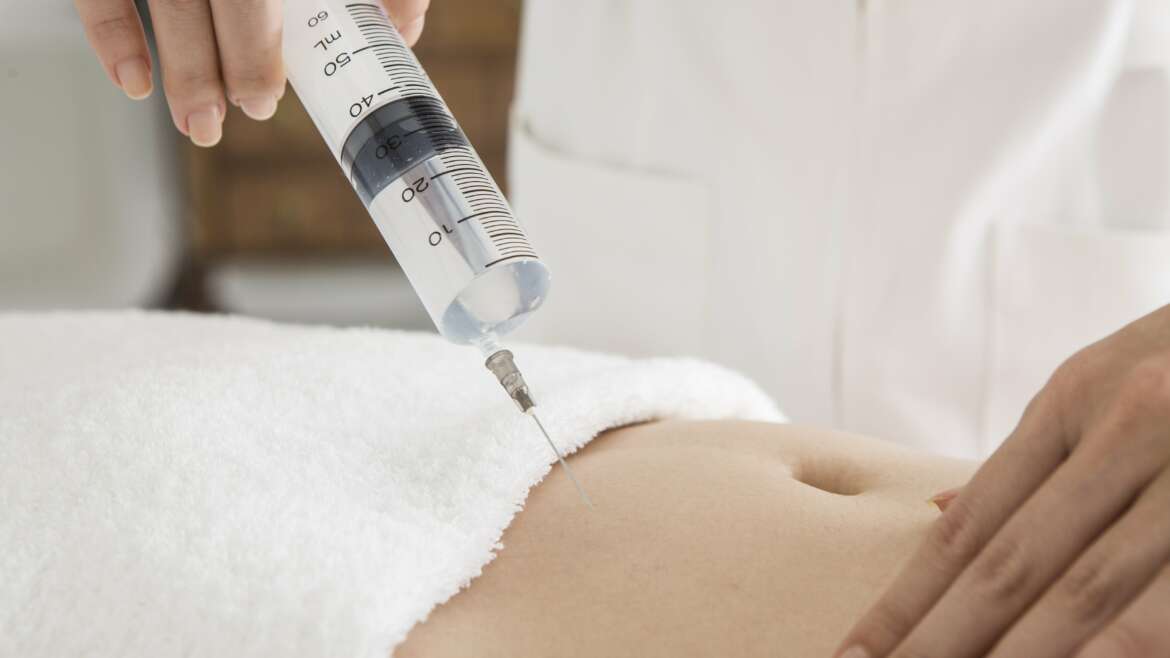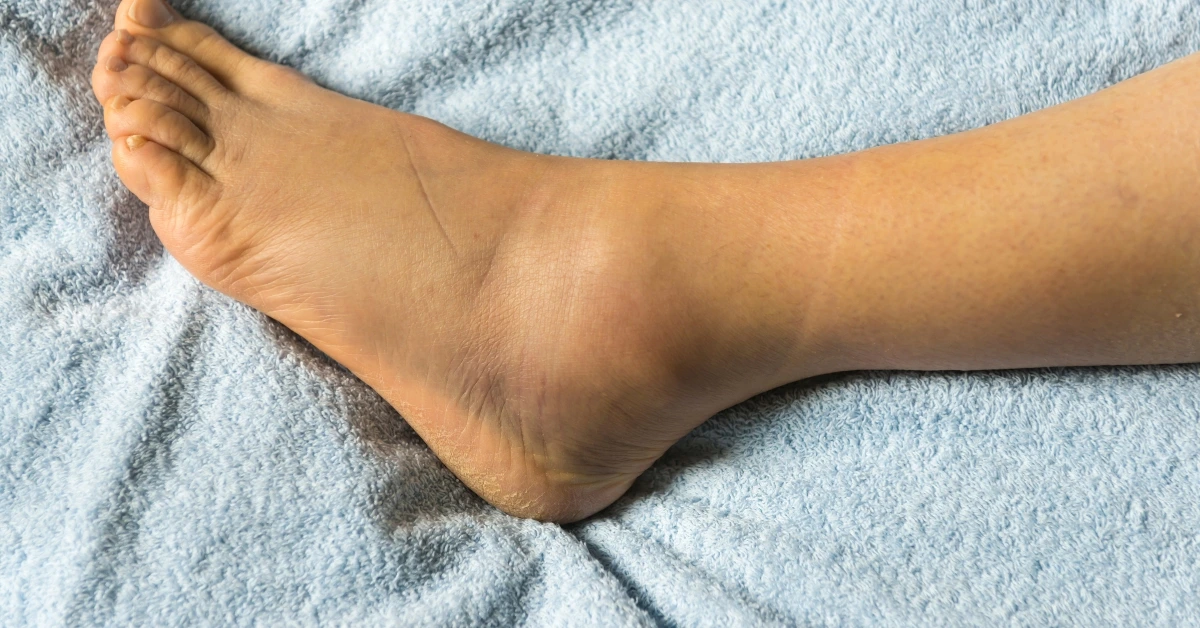- Although many weight loss procedures are permanent, some can be easily reversed.
- More intense weight loss surgeries, although more effective, also come with more potential complications.
- When deciding on the right surgery, it’s important to ask yourself the right questions.
Weight loss surgery is a legitimate option for many people who are obese, especially those who suffer from weight-related medical conditions and for whom dieting or lifestyle changes have proven ineffective.
Various procedures can be considered, depending on the individual’s specific health concerns and finances. In this article we take a look at a few of the weight loss procedures available, ranging from minimally invasive devices to major surgery.
Best Online Weight Loss Solutions To Consider Before Surgery
The 3 online weight loss solutions to consider before surgery are Noom, iTrackbites, and Weight Watchers.
Here is Smiley’s personal experience trying Noom for 30 days and his review.
You can learn about how iTrackbites works and try it for free and also learn how iTrackbites compares to Weight Watchers.
” What gets measured, gets managed “
Gastric Balloons
Gastric balloons, sometimes called endoscopic intragastric balloons, come in a variety of forms. Nonetheless, they all work in roughly the same way.
In most cases, as with Obera and ReShape balloons, between one and three silicone balloons are inserted into the stomach via an endoscope. The process is noninvasive and relatively painless. The balloons are then filled with saline and methylene blue dye.
Obalon balloons, on the other hand, are taken in pill form. The pill is attached to a cord. Once the gastric balloon enters the stomach, it’s filled with nitrogen gas and released. Up to three balloons can be inserted this way.
Regardless of how the balloons are inserted, they all function in the same way. Gastric balloons take up space in the stomach that would otherwise go to food, causing patients to feel full more quickly.
The procedure only takes about 30 minutes, and patients typically recover in just a few days. In most cases, it’s an outpatient procedure, meaning there’s no hospital stay involved. The balloons stay in the body for six months, during which time patients typically lose 20–30% of their excess body weight.
Gastric balloons are ideal for people with a body mass index (BMI) between 30 and 40. They are also fairly inexpensive when compared to other weight loss surgery options, costing around $8,150.
Gastric balloons are relatively inexpensive, temporary, and involve a short recovery time. They are also effective, though not as effective as more involved weight loss surgeries.
Gastric Banding
Also called a lap band, gastric banding is the second most commonly performed weight loss procedure, after gastric bypass surgery.
Put simply, the adjustable gastric band is a belt tied around the top portion of the stomach. It is filled with saline to tighten it, reducing the size of the opening that leads to the stomach from the esophagus. This doesn’t decrease the size of the stomach. Instead, the procedure just makes it uncomfortable for an individual to eat too much food at one time.
The surgeon also inserts a port under the skin, which is attached by tubing to the gastric band. This port makes it easier to adjust the band after surgery.
Like gastric balloons, gastric bands are reversible. It’s unclear exactly how long these bands can safely stay in the body. Some sources show that they are most effective in the first year, with approximately 40% of excess weight loss in the first year and 43% in the following two years. Other sources suggest that with gastric bands many people have difficulty losing any weight at all.
Although the procedure is fairly invasive, it comes with fewer complications than many other weight loss surgeries. Gastric bands do not, for instance, lead to dumping syndrome, an uncomfortable condition where food enters the small intestine too quickly. At the same time, the band can slip, which may lead to bleeding or secondary infections.
Gastric bands cost between $12,000 and $25,000, making them more expensive than gastric balloons but still less costly than gastric bypass surgery and its variations.
All in all, this procedure is a somewhat safer, less expensive, and less invasive option than gastric bypass surgery. Despite those advantages, it’s arguably the least effective weight loss surgery. And it doesn’t reduce hunger, requiring more nutritional discipline on the part of the patient.
Maestro Rechargeable System
This newer procedure was approved by the FDA in 2015. Although it’s a recent addition to the field of weight loss, it’s a safer and less invasive option than other types of weight loss surgery.
The Maestro procedure involves an implant similar to a pacemaker that’s inserted under the skin. The implant sends electrical pulses to the nerve that connects the brain and the stomach, the vagus nerve, in a process known as vBloc therapy. These pulses—which during waking hours trigger the vagus nerve for five minutes at a time, with five minute breaks in between—tell the brain whether or not it’s hungry.
The surgery for implanting the device takes between 60 and 90 minutes and is performed under general anesthesia. The device has a battery that needs regular charging but that can last up to eight years.
At present, viable candidates include those with a BMI of 40 or more, or those with a BMI of 35 and a weight-related condition like diabetes.
If the device sounds too good to be true, that’s probably because results are mixed. Some medical professionals question whether it’s effective at all. In fact, the study that led to its approval by the FDA only saw about 8.5% excess weight loss in participants, which fell short of the study’s 10% goal. For this reason, many consider it a companion device to a more intense weight loss procedure such as gastric bypass surgery.
The Maestro Rechargeable System isn’t cheap, coming in at around $20,000 – $25,000. When added to the cost of gastric bypass surgery or compared to other minimally invasive options, the cost may seem unreasonable to some.
Sleeve Gastrectomy
Also known as a gastric sleeve or vertical sleeve gastrectomy, this procedure is sometimes performed on its own, although it’s also often the first step in a more extensive gastric bypass surgery.
A sleeve gastrectomy involves permanently removing a significant portion of the stomach. The remaining portion still connects the esophagus to the rest of the digestive tract. It’s simply leaner post-surgery, allowing for less food to be consumed and discouraging overeating by causing the patient to feel “full” more quickly.
If performed as part of a gastric bypass surgery, the remaining stomach is sometimes not removed during the gastrectomy but simply separated from the portion that processes food (also known as the “pouch”).
This is a highly invasive procedure. Recovery can be painful and typically involves a one to three day hospital stay. Patients should expect painful bowel movements, including significant constipation. Movement is also severely limited for the first several days, making even simple tasks like showering difficult. Patients should expect to be out of work for two to four weeks, depending on the physical demands of their job.
Yet all of this recovery time may be worth it. Patients may expect 60–70% excess weight loss over 18 months. This is significantly more than that achieved by less invasive options. In addition, sleeve gastrectomies have fewer complications than full gastric bypass surgery, including a lower risk of dumping syndrome.
At about $14,900, the cost of the procedure is comparable to gastric banding. In short, it’s a good midpoint between the less and more extreme procedures.
Gastric Bypass
There are a number of different variations to gastric bypass surgery, but they all come down to two basic steps. First the stomach is reduced in size, otherwise known as the gastric sleeve; the remaining stomach is about the size of a walnut and holds roughly an ounce of food. Then this walnut sized “pouch” is connected to a later portion of the small intestine.
Roux-en-Y gastric bypass is the most common form of gastric bypass surgery. It gets its name from the surgeon who conceived of it, César Roux, and from the fact that it involves connecting a Y-shaped portion of the small intestine to the pouch. The remaining unused stomach too is still connected to the small intestine, into which it simply drains digestive fluids.
A more extensive form of gastric bypass surgery, known as biliopancreatic diversion, involves fully removing the bypassed portion of the stomach and skipping over even more of the small intestine. Given its high rate of complications, this form of gastric bypass surgery is less common.
By cutting out a substantial portion of the small intestine, the food spends less time there and fewer calories get absorbed into the body. Unfortunately, this also means that fewer nutrients are absorbed. As a result, many people who undergo gastric bypass surgery, especially those who get a biliopancreatic diversion, require supplements to maintain proper nutrition for the remainder of their lives.
The gastric bypass procedure can be done in one of two ways. Either a surgeon performs open surgery, exposing the stomach, or the surgeon uses a laparoscope (camera) to view the inside of the belly and make incisions in the stomach remotely.
Recovery involves a hospital stay of two to three days. After that, the patient continues recovering for three to five weeks at home. Complications include malnutrition, dumping syndrome, bowel obstructions, and more. Additionally, the stomach pouch can stretch over time, sometimes getting as large as the stomach originally was.
Gastric bypass is an extreme option and tends to be recommended for people with severe obesity and obesity-related conditions. More specifically, surgeons look for people with a BMI over 40 who are more than 100 pounds overweight.
On average, gastric bypass costs $23,000, making it one of the more expensive options. However, the results speak for themselves. The surgery is fast-acting and extremely effective, resulting in 60–80% of excess weight loss within the first twelve to eighteen months.
Asking the Right Questions
With so many procedures available to help you lose weight, it’s difficult to know what your best option is. Figuring out which procedure is right for you comes down to asking the right questions:
- What is your current age, weight, and activity level?
- What do you want to get out of weight loss surgery?
- How much weight do you want to lose?
- Do you have weight related health issues?
- Do you want a procedure that can be reversed?
- How severe are your food cravings?
- How much are you willing to endure in terms of side effects?
- How much are you willing to spend?
Discuss these questions with your primary physician and prospective bariatric surgeon. With your input and personal preferences, these professionals can help guide you towards the procedure that best fits your needs.









